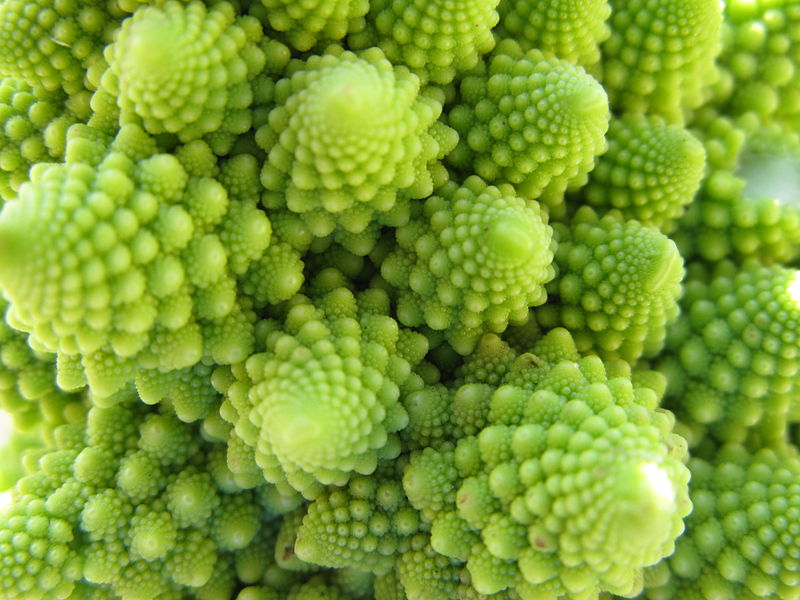(Image: Jacopo Werther via Wikimedia Commons)
Happy Monday! Today, we’re celebrating one of our favorite math holidays—Fibonacci Day! Allow us to explain…
A number sequence is an ordered list of numbers defined by a rule or function—the numbers in the list follow some sort of pattern. Each number in a sequence is called a term. The Fibonacci sequence goes as follows:
0, 1, 1, 2, 3, 5, 8, 13…
Looking at the terms in the sequence above, can you guess why we celebrate Fibonacci Day on November 23?
Some fun facts about the Fibonacci sequence:
• The Fibonacci sequence is an infinite sequence—it has an unlimited number of terms and goes on indefinitely!
• If you move toward the right of the number sequence, you’ll find that the ratios of two successive numbers in the Fibonacci sequence inch closer and closer to the golden ratio, approximately equal to 1.6.
• The Fibonacci sequence is also a recursive sequence—it is defined by a list of a few terms and a rule or function for computing the rest of the sequence. The rule/formula goes as follows:
F0 = 0
F1 = 1
Fn = Fn-1 + Fn-2 for n > 1
… which means that after the first two terms, each term in the Fibonacci sequence is found by adding the two previous terms together. Can you figure out the next four terms in the Fibonacci sequence after 13?
Mathematicians’ fascination with the Fibonacci sequence goes way back. Introduced to the Western world by a medieval Italian mathematician named (you guessed it) Fibonacci in 1202, the number sequence appeared in Indian mathematics as early as 200 BC. The sequence is found throughout the natural world. As an example, the innermost layer of an artichoke has 1 bract (a specialized leaf—the part of the artichoke you eat). The next layer has 1, then the next has 2, then 3, then 5, then 8, then 13, and so on!
So what is the Fibonacci sequence doing in our broccoli? For starters, we’re referring to a specific type of broccoli (pictured above), called Romanesco broccoli. (It’s a lot prettier than your typical head of broccoli, don’t you think?) The repeating spiraling pattern in Romanesco broccoli approximates a fractal—it’s an approximation only because the pattern in our broccoli is finite, while fractals are infinite. If you look closely at the Romanesco broccoli’s spiral pattern in each direction from its origin point, the number of spirals corresponds with numbers in the Fibonacci sequence.
That said, while artichokes and Romanesco broccoli are tasty and all, we’re totally celebrating Fibonacci Day with a nice serving of … fibonachos!

 877-601-6284
877-601-6284 877-601-6284
877-601-6284

















